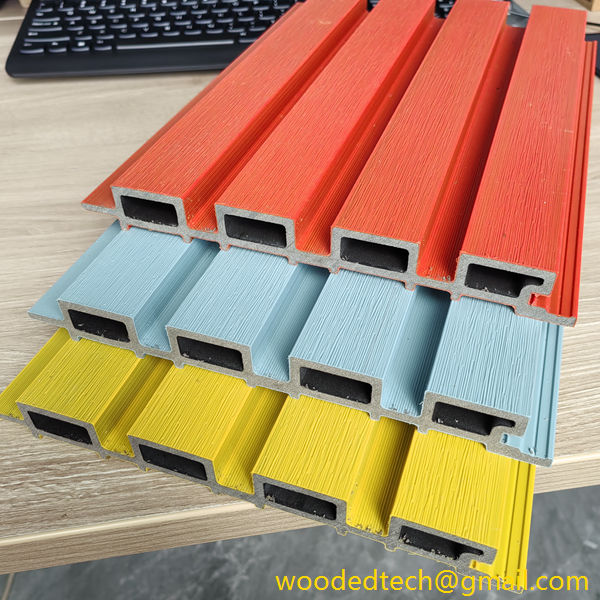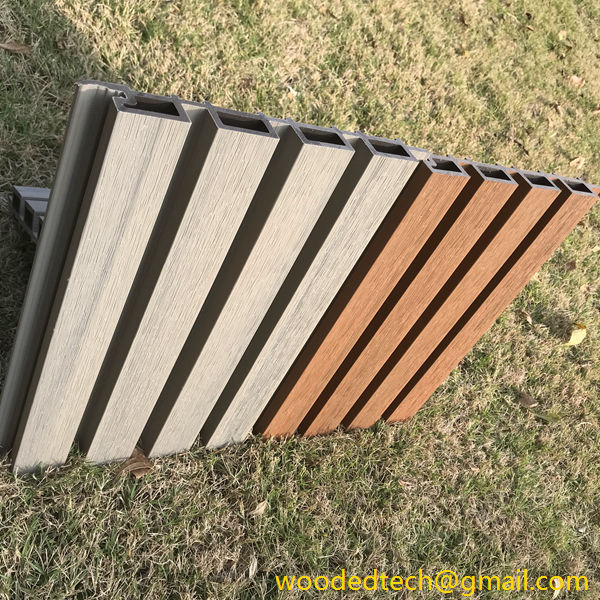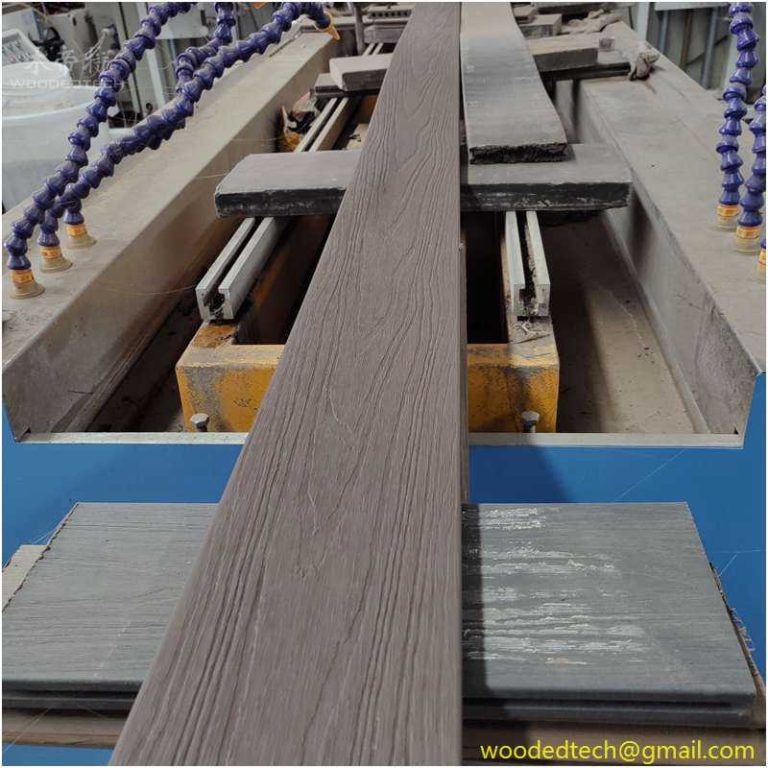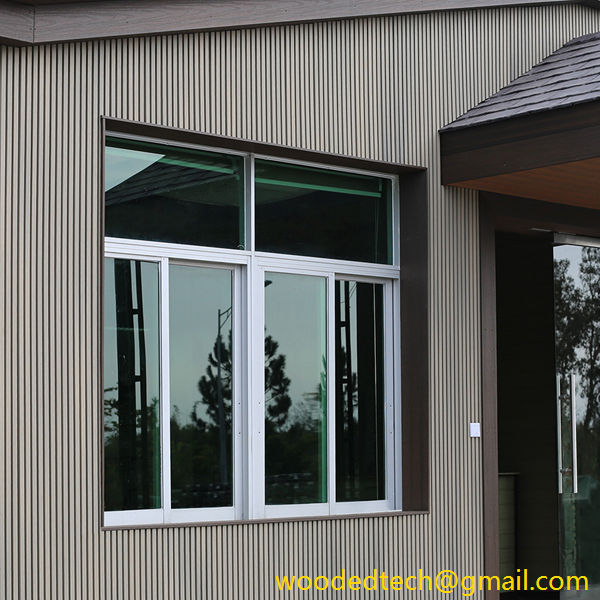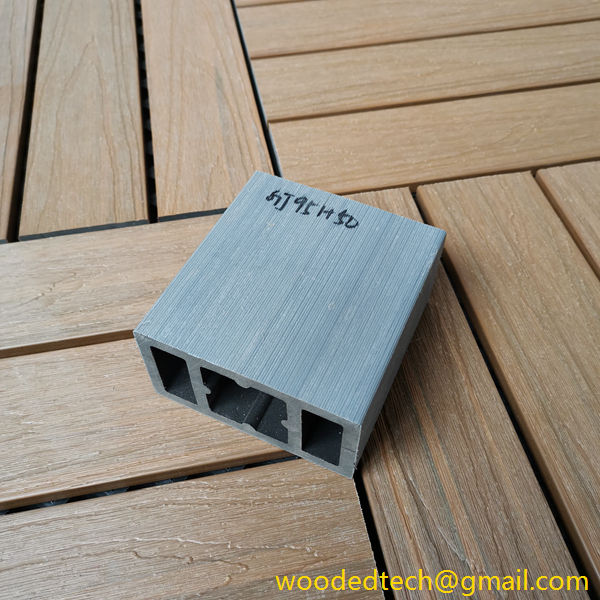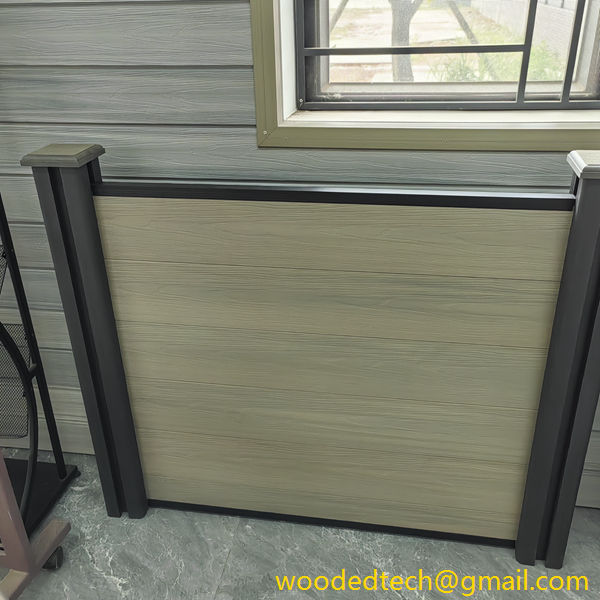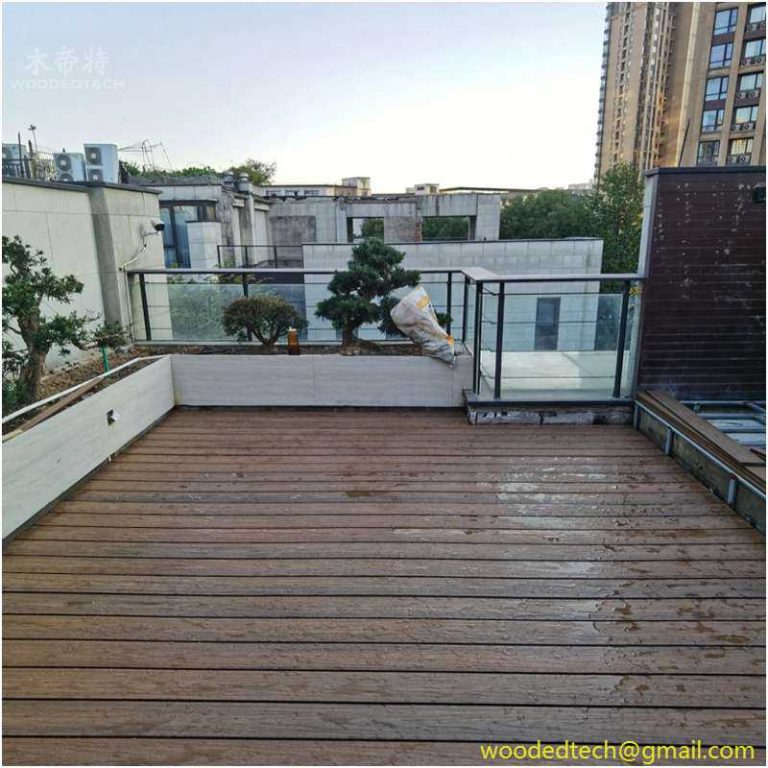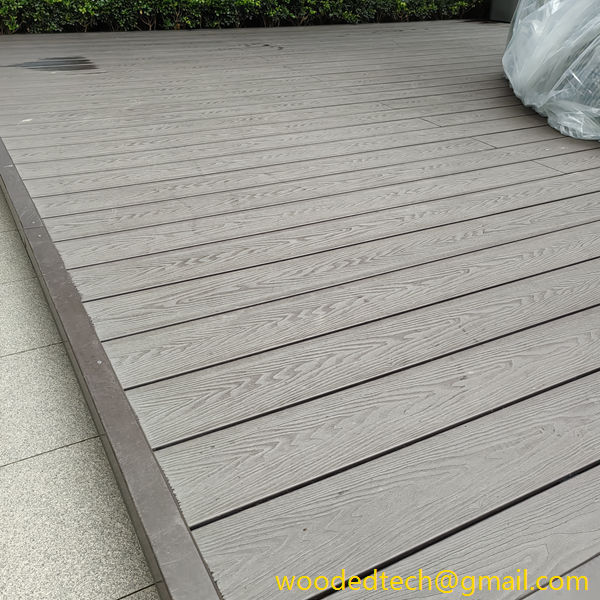Understanding WPC Cladding Meaning for Better Choices
Understanding WPC Cladding Meaning for Better Choices When it comes to choosing materials for construction and renovation projects, homeowners and builders are constantly looking for options that provide durability, aesthetics, and low maintenance. One such material that has gained popularity in recent years is Wood Plastic Composite (WPC) cladding. Understanding what WPC cladding is, its…
Understanding WPC Cladding Meaning for Better Choices
When it comes to choosing materials for construction and renovation projects, homeowners and builders are constantly looking for options that provide durability, aesthetics, and low maintenance. One such material that has gained popularity in recent years is Wood Plastic Composite (WPC) cladding. Understanding what WPC cladding is, its benefits, and how it can contribute to a maintenance-free lifestyle in the later stages of a building’s life is essential for making informed choices.
WPC cladding is a composite material made from a blend of wood fibers and plastic. This combination results in a product that mimics the appearance of natural wood while offering enhanced durability and resistance to environmental factors. WPC cladding is available in various colors, textures, and finishes, making it a versatile option for a wide range of architectural styles.
One of the primary advantages of WPC cladding is its resistance to common issues that affect traditional wood. For instance, wood is susceptible to rot, insect damage, and warping due to moisture exposure. In contrast, WPC cladding is engineered to withstand these challenges. The plastic component in WPC helps to repel water, reducing the risk of mold and mildew growth. Additionally, WPC is less attractive to pests, providing an extra layer of protection for your investment.
Another significant benefit of WPC cladding is its low maintenance requirements. Traditional wood siding often requires regular painting, staining, or sealing to maintain its appearance and structural integrity. This ongoing maintenance can be time-consuming and costly. WPC cladding, on the other hand, typically requires minimal upkeep. In most cases, a simple wash with soap and water is sufficient to keep it looking new. This ease of maintenance allows homeowners to enjoy their outdoor spaces without the constant worry of upkeep.
As we consider the later stages of a building’s life, the maintenance-free aspect of WPC cladding becomes even more appealing. As structures age, the demands on the materials used can increase. For example, older buildings may experience more significant wear and tear due to weathering, shifting foundations, and other factors. Choosing WPC cladding can help mitigate these issues. Since it does not require the same level of care as traditional wood, homeowners can spend less time and money on repairs and more time enjoying their living spaces.
Moreover, WPC cladding contributes to energy efficiency, which is an essential consideration for any building. The insulation properties of WPC can help regulate indoor temperatures, reducing the reliance on heating and cooling systems. This energy efficiency not only lowers utility bills but also contributes to a more sustainable building practice. As the world becomes increasingly conscious of environmental issues, selecting materials that support energy efficiency is an important choice for both new constructions and renovations.
The aesthetic appeal of WPC cladding cannot be overlooked. With advancements in manufacturing technology, WPC products are now available in a wide array of styles that can imitate the natural beauty of wood without the drawbacks. This means that homeowners do not have to sacrifice beauty for durability. WPC cladding can enhance the overall look of a property, providing a modern and stylish finish that can increase curb appeal and property value.
In addition to these practical benefits, WPC cladding also offers design flexibility. Architects and designers appreciate the versatility of WPC, as it can be used in various applications, from residential homes to commercial buildings. Whether you are looking to create a contemporary façade or a rustic charm, WPC cladding can be customized to suit your vision. This adaptability makes it an excellent choice for both new constructions and renovations.
Another factor to consider when choosing cladding materials is safety. WPC products are often designed with fire-resistant properties, which can provide added peace of mind for homeowners. While no material is completely fireproof, WPC cladding can slow the spread of flames, making it a safer option compared to traditional wood siding. This safety feature is particularly important in areas prone to wildfires or other fire hazards.
When selecting WPC cladding, it is vital to evaluate the quality of the product. Not all WPC cladding is created equal. Factors such as the ratio of wood to plastic, the manufacturing process, and the presence of additives can significantly impact the durability and performance of the material. Therefore, it is advisable to choose products from reputable manufacturers who adhere to industry standards. This diligence will ensure that you are investing in a product that will stand the test of time.
In conclusion, WPC cladding presents a compelling option for anyone looking to enhance their property while minimizing maintenance requirements. Its combination of durability, aesthetic appeal, low upkeep, energy efficiency, and safety makes it a wise choice for both new constructions and renovations. By understanding the meaning and benefits of WPC cladding, homeowners and builders can make informed decisions that will lead to better outcomes for their projects. With a focus on maintenance-free living in the later stages of a building’s life, WPC cladding stands out as a material that aligns with the needs and preferences of today’s discerning property owners.

